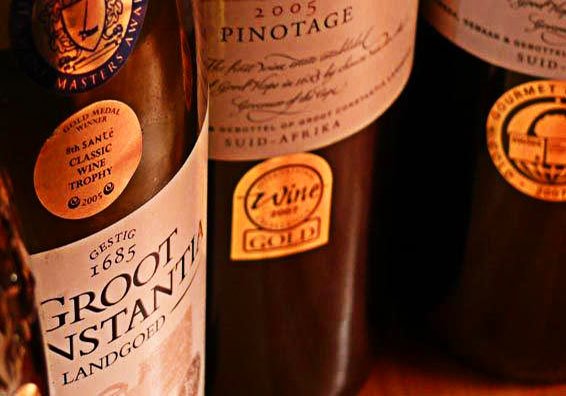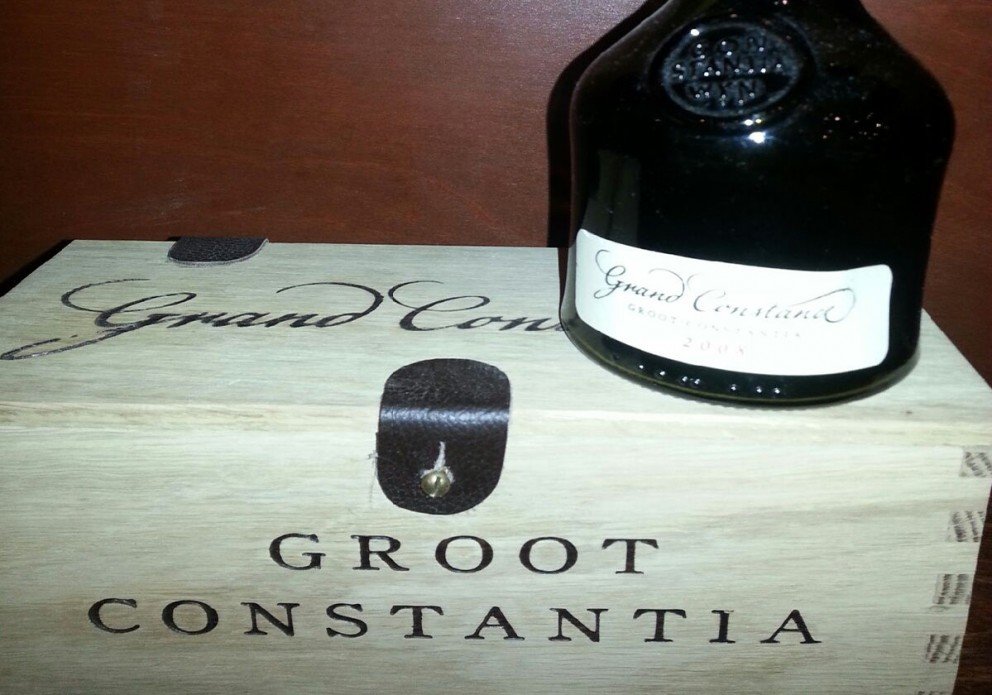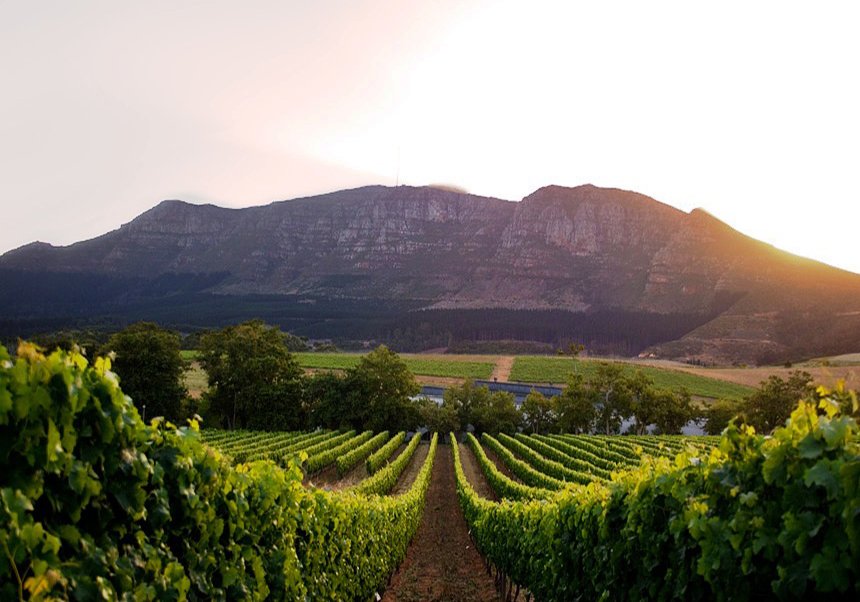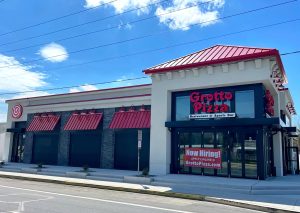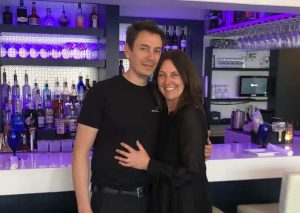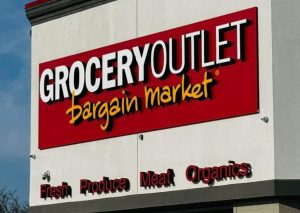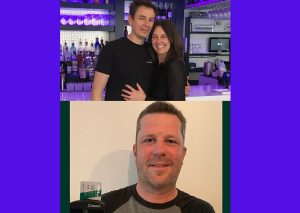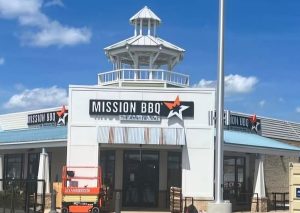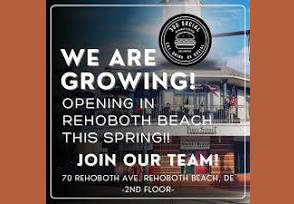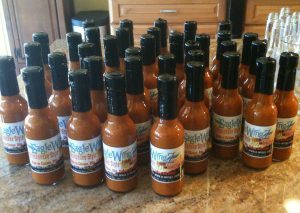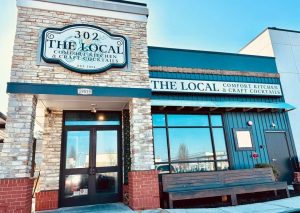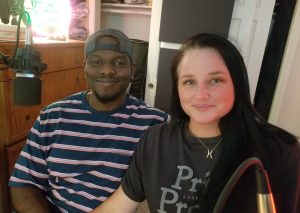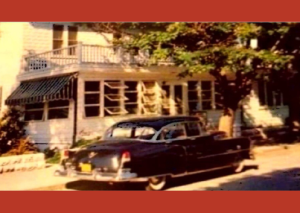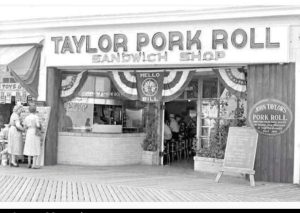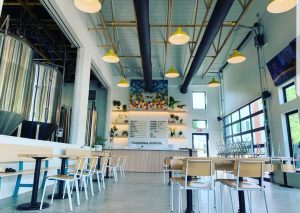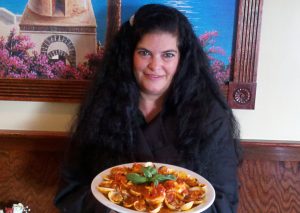It is common knowledge (especially if you live in Delaware) that Lewes is the first town in the first state, having been the site of the first European settlement in Delaware, a whaling and trading post that Dutch settlers founded in 1631. Later, Delaware was the first state to ratify the Constitution. With such a distinguished past, you know there are good stories.
The first colony had a short existence, however, as a local tribe of Lenape Native Americans wiped out the 32 settlers in 1632. (Plus there were few whales to be harpooned.) The area remained rather neglected by the Dutch until, under the threat of annexation from the English colony of Maryland, the city of Amsterdam made a grant of land at the Hoernkills (the area around Cape Henlopen, near the current town of Lewes) to a group of Mennonites for settlement in 1662.
Meanwhile, half way around the world, Commander Simon van der Stel of the Dutch East India Company arrived in Cape Town, South Africa, from the Netherlands, where he had a love of winemaking at his own vineyards. As luck would have it, he was gifted about 763 hectares of land in 1685. He turned the farm into vineyards, and named it after his benefactor’s daughter Constantia. Van der Stel later became the Governor of the Cape. The word “Groot” in Dutch and Africaans translates as “great” in English. Today, Groot Constantia is the oldest wine estate in South Africa and provincial heritage site in the suburb of Constantia in Cape Town.
So you ask, what’s the connection between Lewes and a vineyard in South Africa? Well, after Simon’s death in 1712, the farm underwent many changes of ownership and subdivisions, but it has always retained its tranquility and beauty as the oldest surviving wine farm in South Africa. During the Cloete era (Hendrick Cloete from the Stellenbosch region took over the vineyards from 1778 until 1886), the wines from Groot Constantia became world famous, sought after by kings and noblemen and the subject of literary praise across the globe. [As a side note, Hendrick married a woman named Hester Anna Lourens, and they had 11 children].
In 2004, a piece of glass bearing the words ‘Constantia Wyn’ was discovered on the shores of Lewes. Careful research by U.S. historians pointed the origin of the glass to a ship “The Severn,” a British supply ship, which had sunk in the Delaware Bay in 1774. The find inspired historians and craftsmen to reconstruct the original bottle, an elegant vessel which is now being used to revive the old Grand Constance trademark (Grand Constance is the French translation of the name Groot Constantia). There have been many other finds along our storied shores. Artifacts and broken pieces of porcelain have been found by locals and tourists alike along the Bay over the years. Many are displayed at the Zwaanendael Museum in Lewes.
Celebrating the farm’s rich history, Grand Constance is produced using the same traditional methods which made 18th century Groot Constantia wine famous. Muscat de Frontignan grapes are sun-ripened on the vines, after which the raisined grapes are pressed, fermented and aged in oak barrels before being bottled. Napoleon was said to have been provided his favorite wine, the Groot Constantia, in 1815, after his defeat in Waterloo, when he was exiled to St. Helena. In 1811, Jane Austen’s novel “Sense and Sensibility” is published. In it, Constantia wine is mentioned. The Groot Constantia had also won several silver medals at the Paris Exhibition during the mid 19th century.
Some other notable folks have also loved this wine – King Louis XVI of France, Count Otto von Bismarck, the Marquis of Hastings, Sir Walter Scott, and Frederick the Great, King of Prussia, among others.
With such a storied history, it’s no wonder that we at Teller love this wine and proudly carry it, along with the Groot Constantia Sauvignon Blanc and Shiraz.


